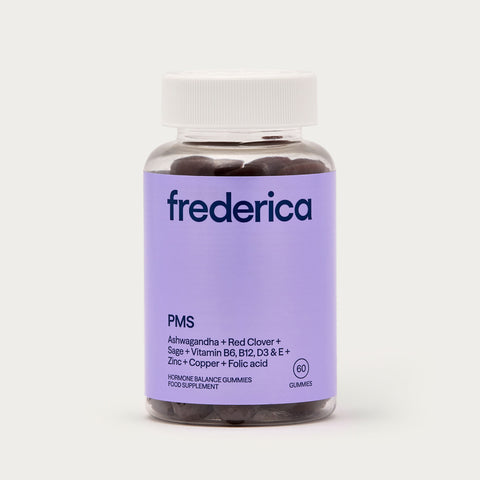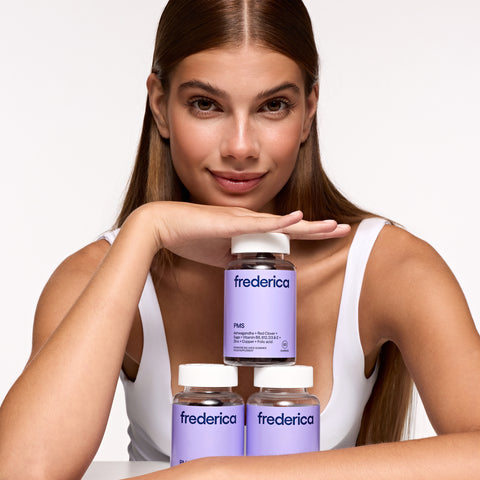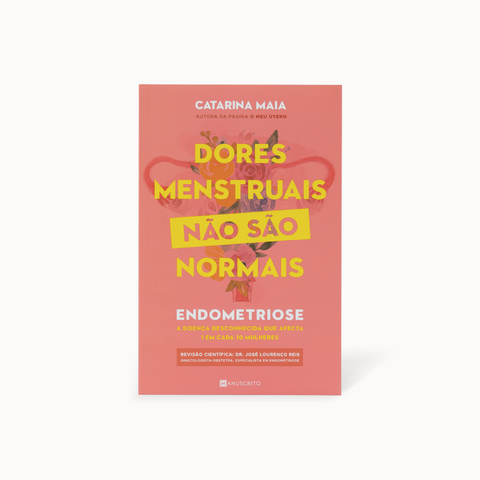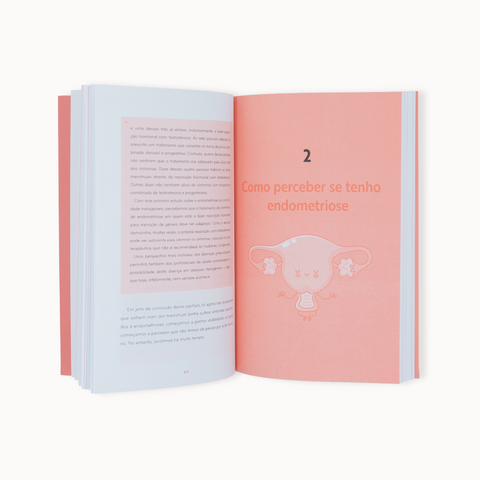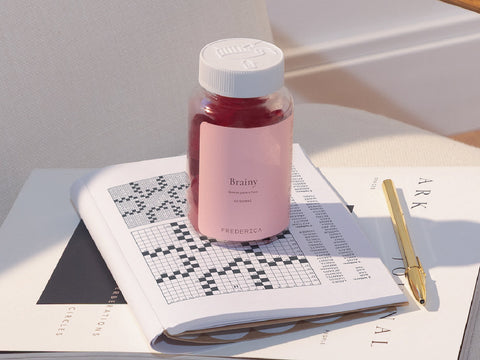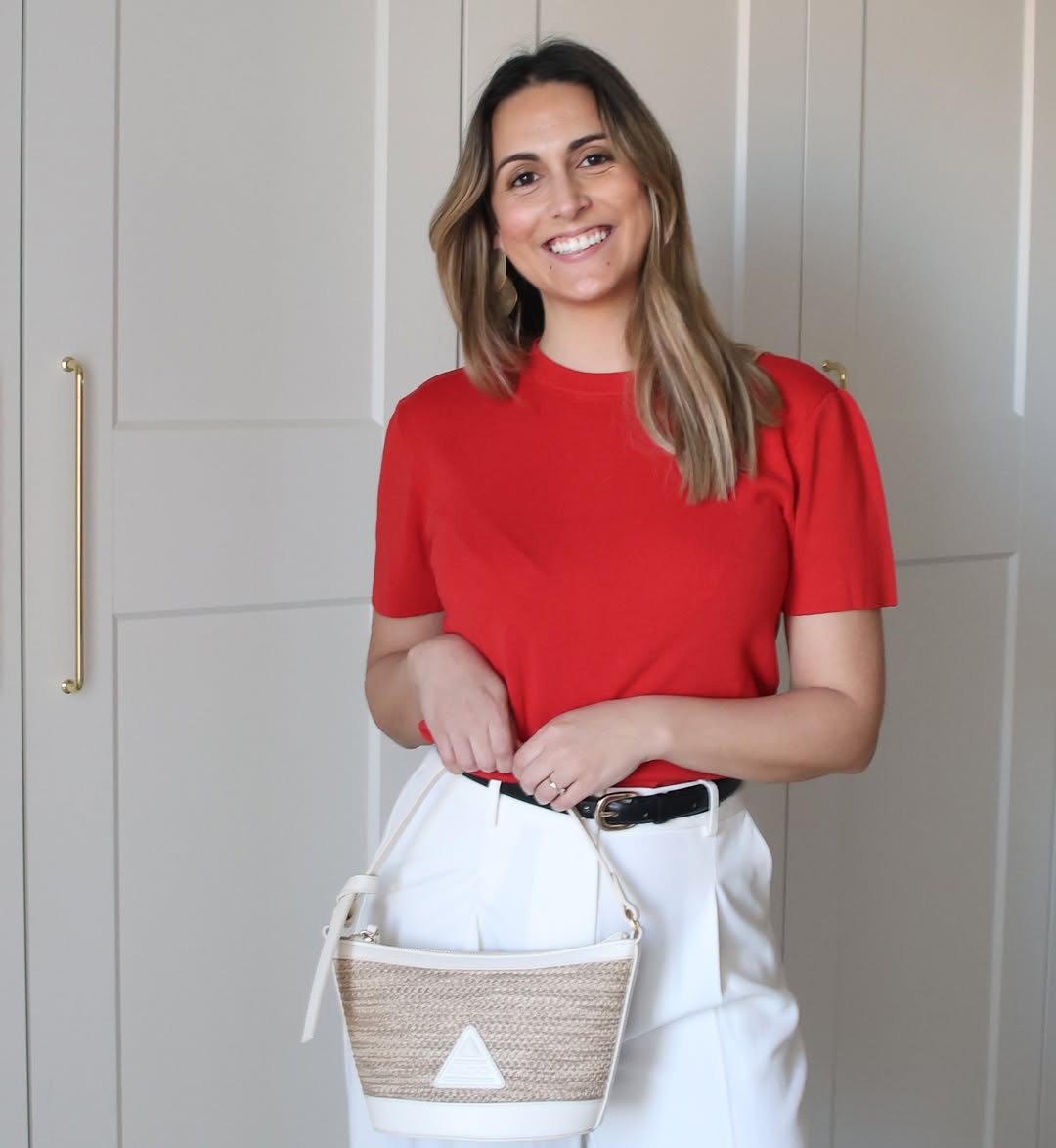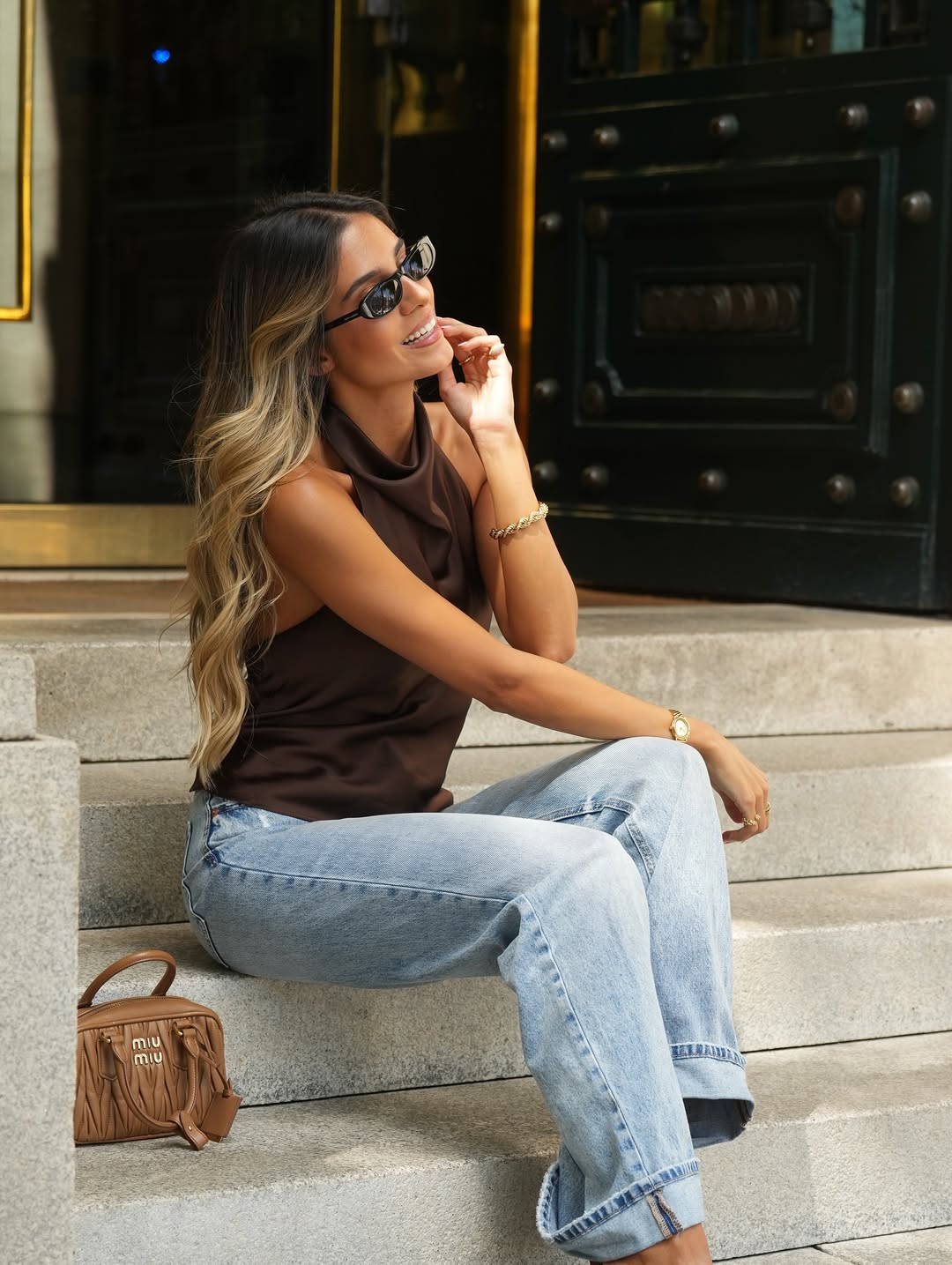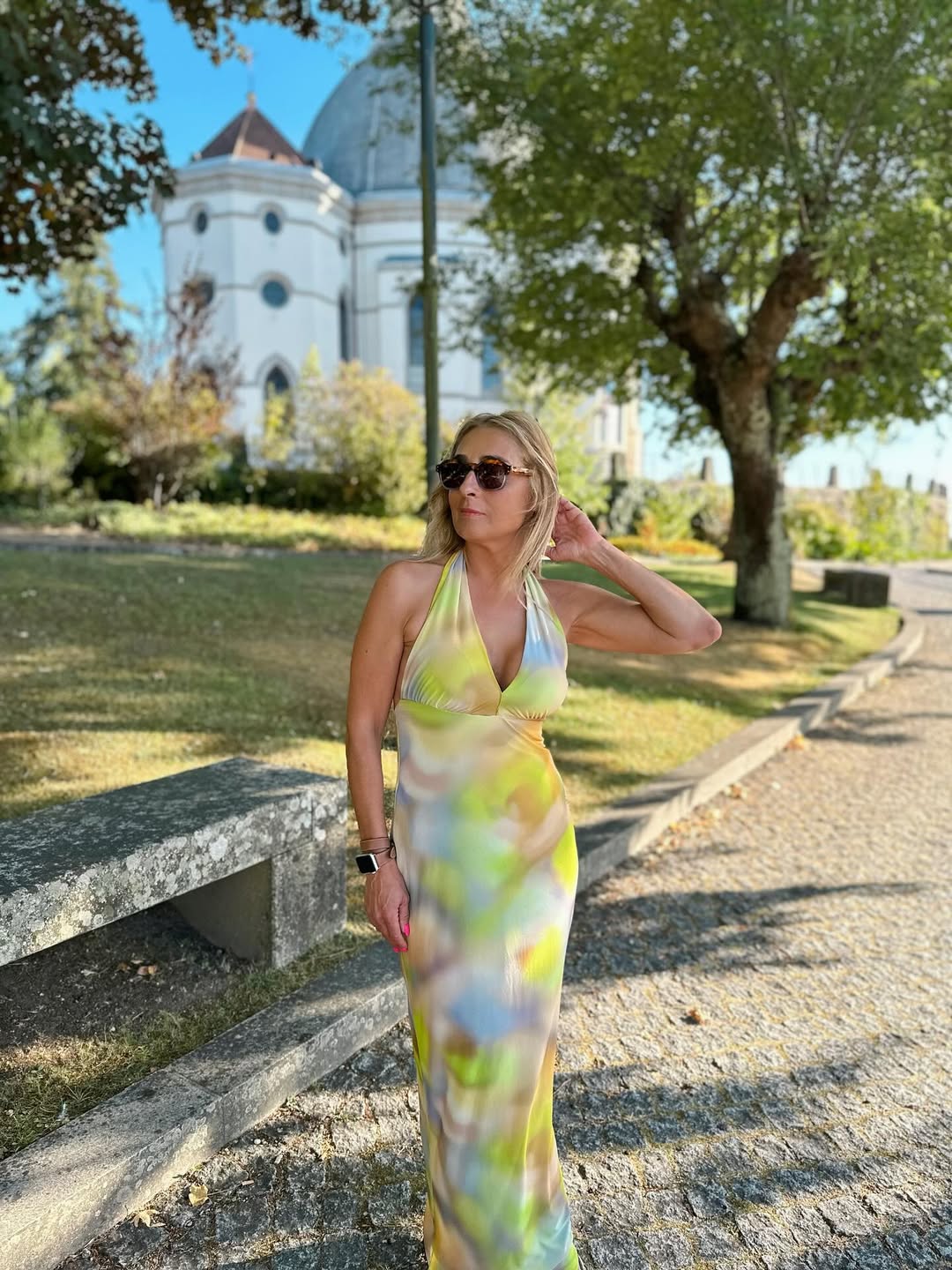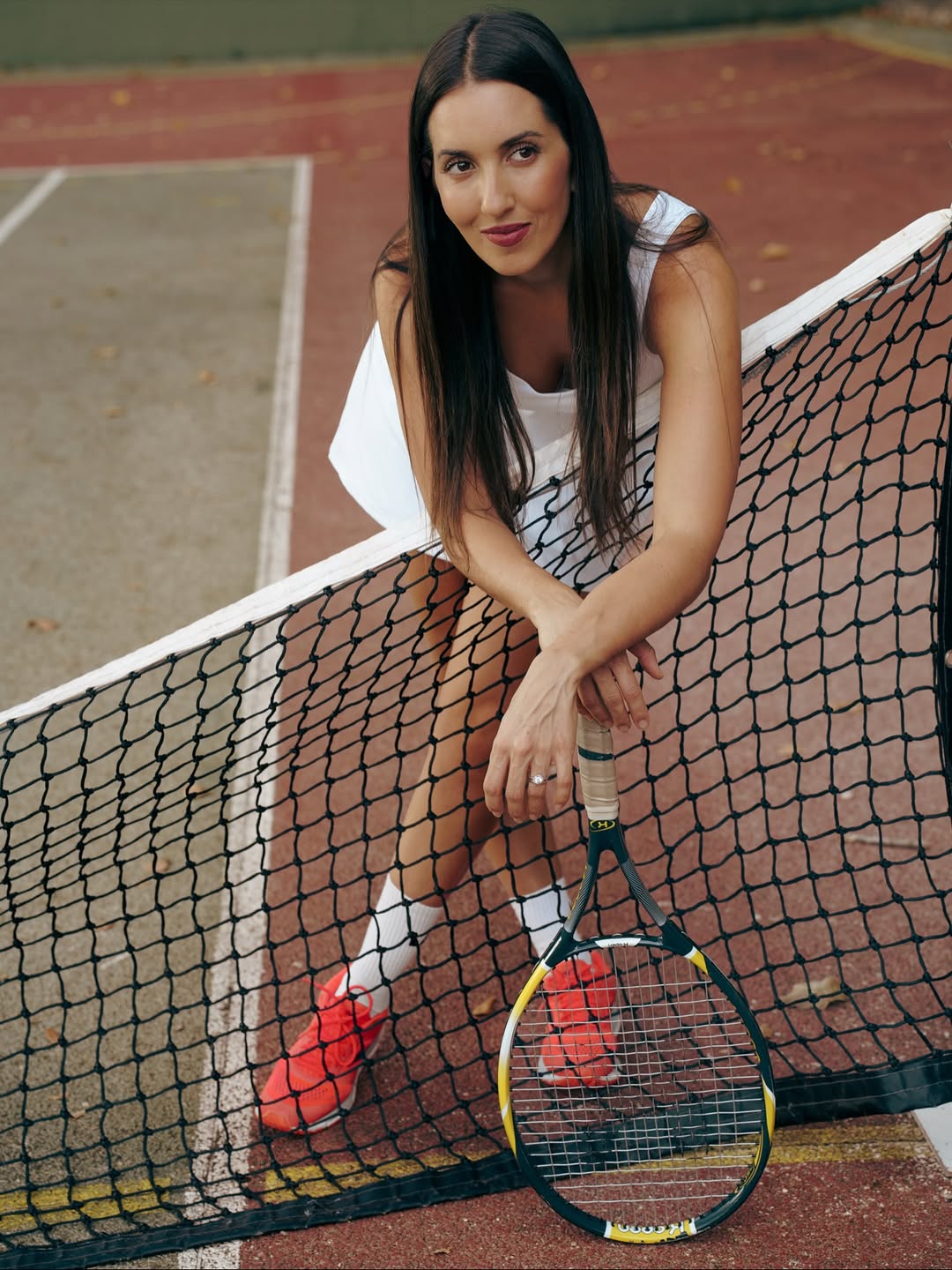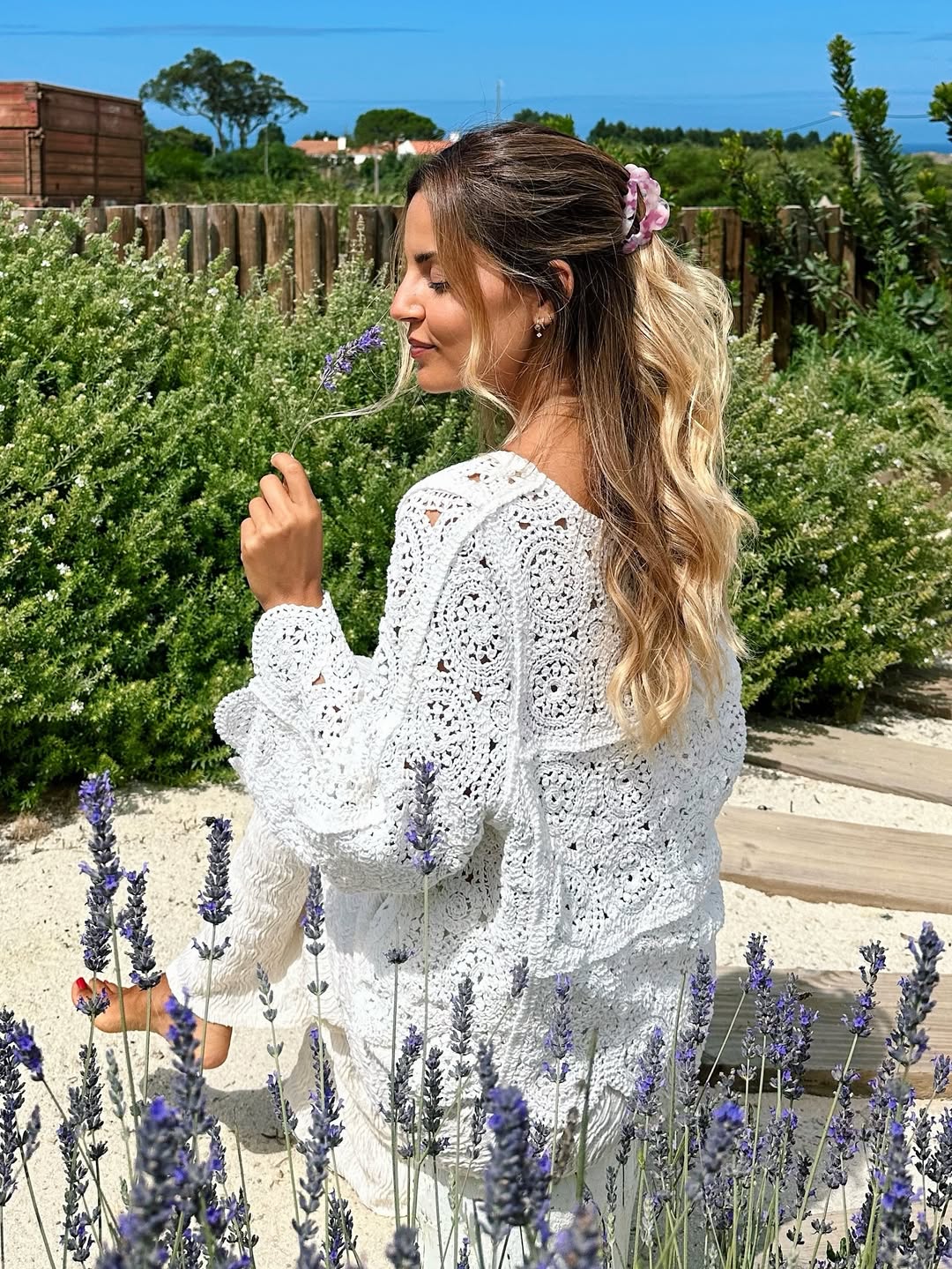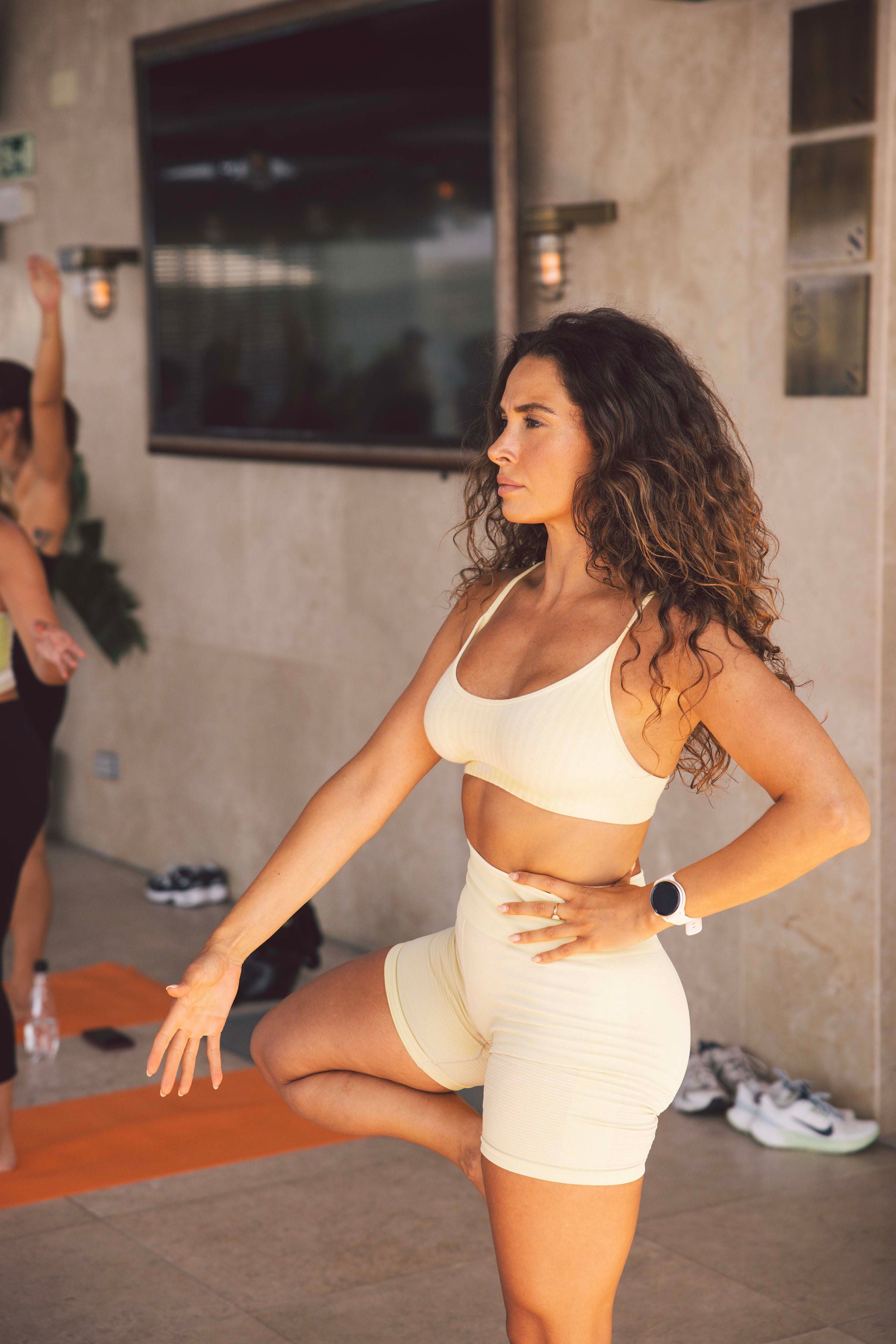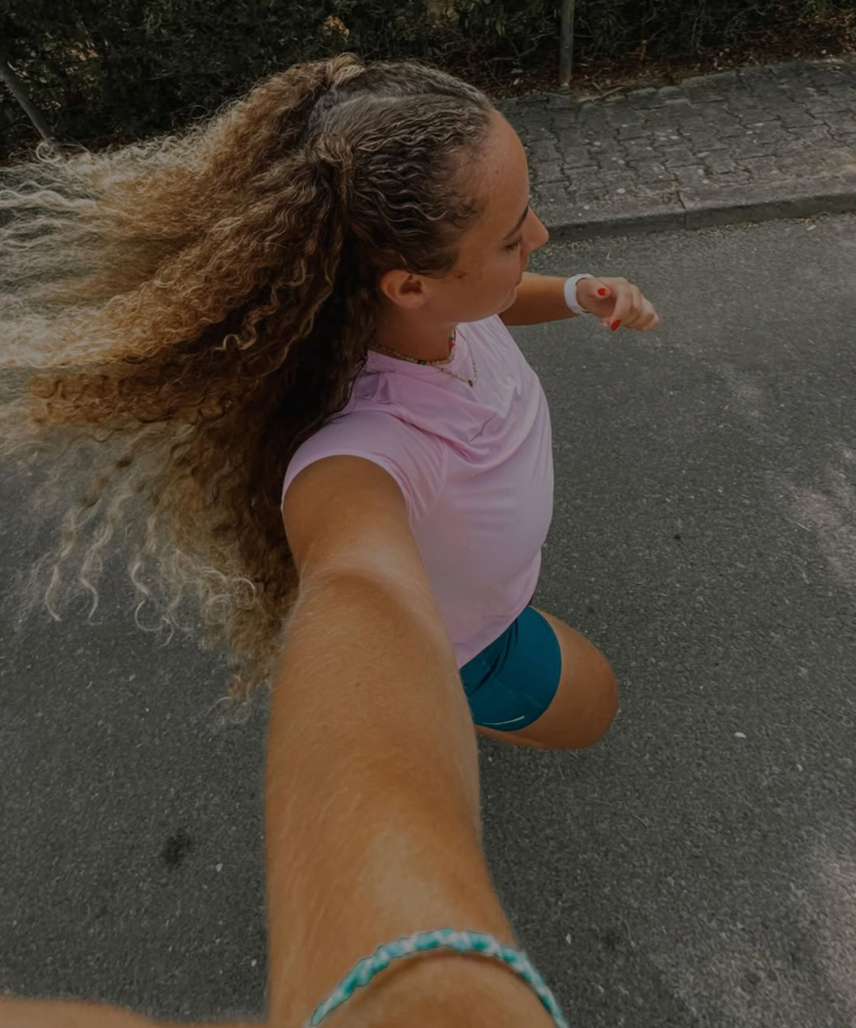Tampons: mini or maxi, with or without an applicator, are a staple in women's handbags and bathroom cabinets. The same goes for pads: there's always some scattered among our things. Some people can't use tampons, and others won't switch to pads.
Over time, there has been much debate about the use of these products, as they can be a breeding ground for bacteria, potentially leading to infections. As with the various products we use, there are also disadvantages to using tampons and sanitary pads. We want to introduce you to the other side of the coin, one you probably never considered.
Our skin is one of the largest organs in our body, and at the same time, one of the thinnest and most permeable. This means that many of the substances that come into contact with it, when absorbed into the bloodstream, spread throughout our body. The moment we unwrap a tampon and insert it into the vagina, the substances contained within are immediately absorbed by the vaginal mucosa. This happens because the mucosa is highly vascularized, which facilitates the absorption of substances that come into contact with it.
So, we can easily see that if the pads and tampons we use contain any toxic material, they can pose a threat to our intimate health from the moment they come into contact with our skin. But is this really the case? The answer is clear: yes, since tampons contain dioxins and agrochemicals, two of the main types of toxic substances found in these products.
In 2016, the French consumer protection association 60 Millions analyzed eleven brands of sanitary pads and tampons. Traces of dioxins were detected in five. In addition to these substances, glyphosate (a herbicide linked to cancer) was also found, as well as pesticide and insecticide residues.
Where do the chemicals that are harmful to us come from?
During the manufacturing of cotton, large amounts of pesticides and pesticides are used. Tampons are made primarily of cotton and synthetic fibers. When a tampon comes into contact with our body, these chemicals, such as pesticides, are absorbed into the vaginal mucosa over time.
Now you ask: where do dioxins come from ? If you've ever looked at a tampon, you know they're very white. To give them that white appearance, chemicals are used, responsible for the presence of dioxins.
On the other hand, if the tampon is scented, its toxicity risk increases even further. This is because synthetic perfumes are made from dangerous volatile organic compounds. The same is true for sanitary pads.
There's another point to consider. The inside of our vagina is an oxygen-free space, which limits the growth of microorganisms and thus prevents some infections. Using a tampon will introduce air and oxygen, altering the natural vaginal environment. This will facilitate the growth of microorganisms and increase the risk of infections. If you're a tampon fan, Super absorbent pads, we have some bad news. Tampons, when left in the vagina for too long, create a comfortable environment for bacteria to thrive, leading to infections.
Since we don't want you to be left stranded and unsure of what to use when your period is just around the corner, we suggest two alternatives to tampons and pads below.
Menstrual cup:
Made of silicone, it's easy to use, economical, and environmentally friendly. The menstrual cup is inserted into the vagina and only needs to be removed after 8 to 12 hours.
Organic sanitary pads:
They're organic and safer than regular pads. Their lining is made from certified organic cotton, making them free of toxic substances. They're odorless and 90% biodegradable. You can buy them at grocery stores or organic supermarkets. They're significantly more expensive than regular pads.


